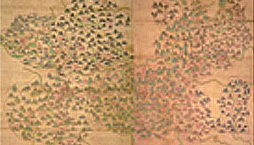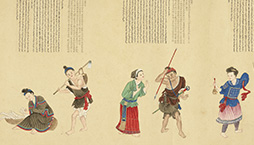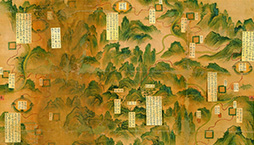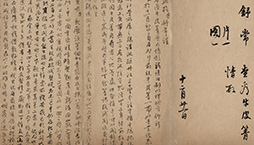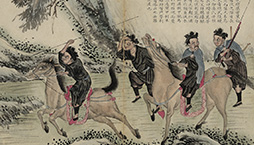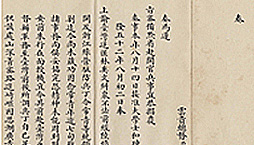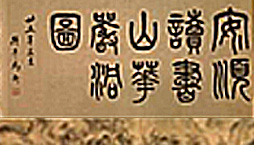Historical Setting and Cultural Scenery of Guizhou
In 1413, the Ming 明 central government established a Provincial Administration Commission in the Prefecture of Guiyang 貴陽, making Guizhou 貴州 one of the thirteen provinces of the Ming Empire. It soon went on to phase out the hereditary native chieftain system that had been in practice since the Yuan dynasty, replacing tribal headmen with administrative officials appointed by the central government. During the reigns of the Yongzheng 雍正 and Qianlong 乾隆 emperors, the Qing 清 court too was keen on implementing the policy of bureaucratizing native officials. With enlisted soldiers and recruited officers, it adopted a dual strategy of suppressing and pacifying. Many official documents, gazetteers, biographies, and maps were thus produced, which were to be used as administrative aids and consulted for information on local customs. The Zhigongtu 職貢圖 (Illustrations of Tribute Missions) and the Miaomantu 苗蠻圖(Illustrated Album of the Miao Minority) in the collection of the National Palace Museum are two such works that provide vivid graphic depictions of the general conditions and daily lives of the peoples in the region. Others, such as palace memorials and official histories, give accounts of the impressions Qing officials had of the local ethnic minorities, their experiences in interacting with different nationalities, and their administrative ideals; they also offer detailed records on the distribution of the minority groups, local customs and produce, various cultures and religions, and ethnic conflicts. Documented from different perspectives, the exhibits on view in this section are valuable source materials for historical studies.



